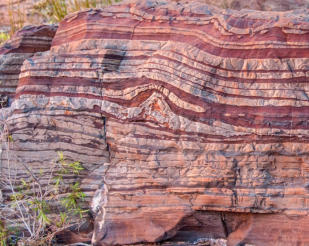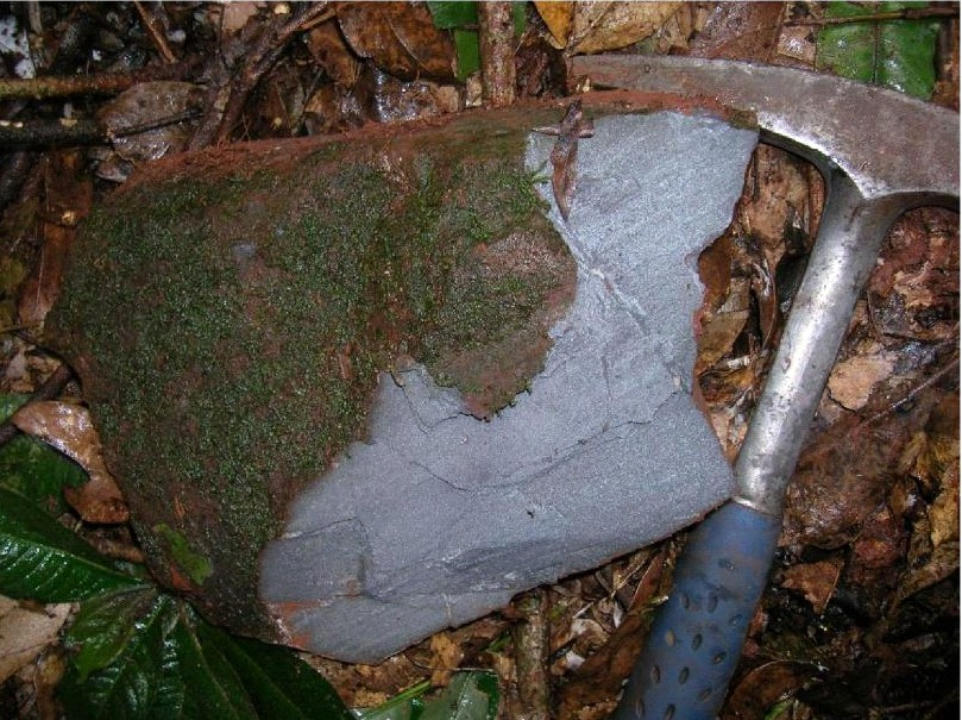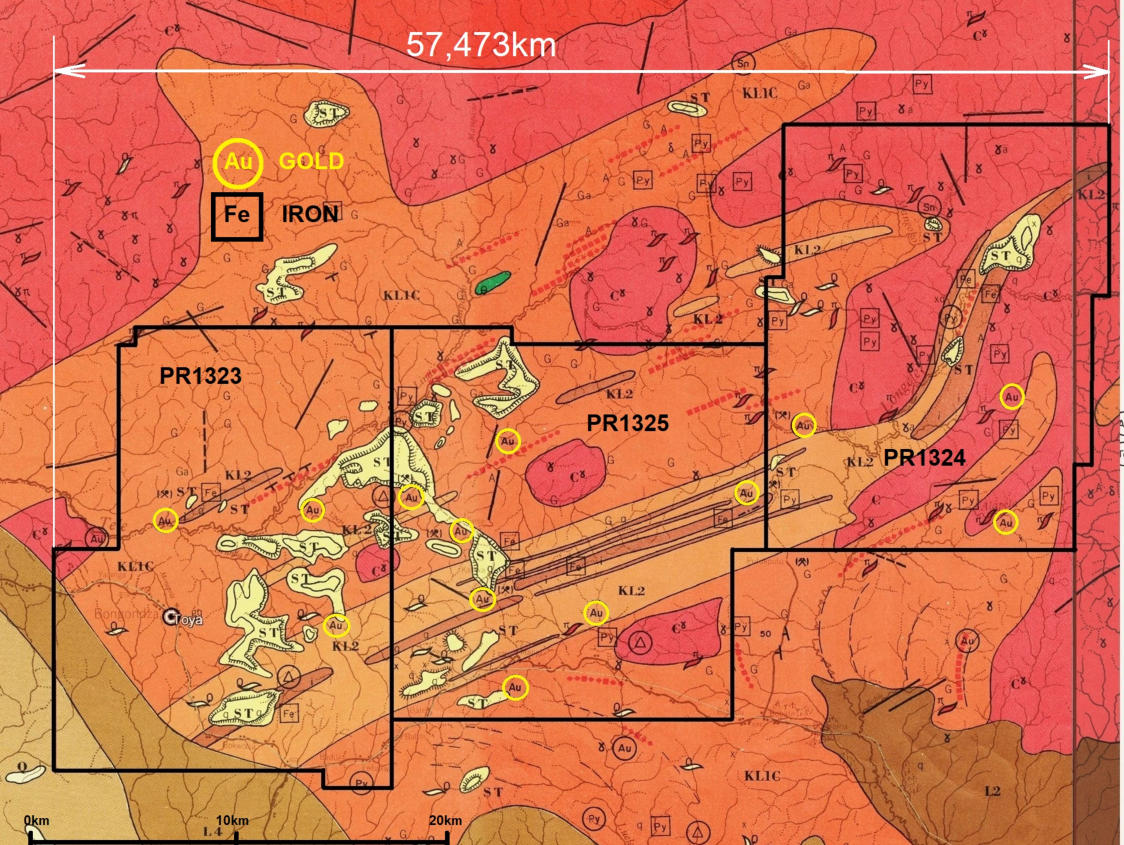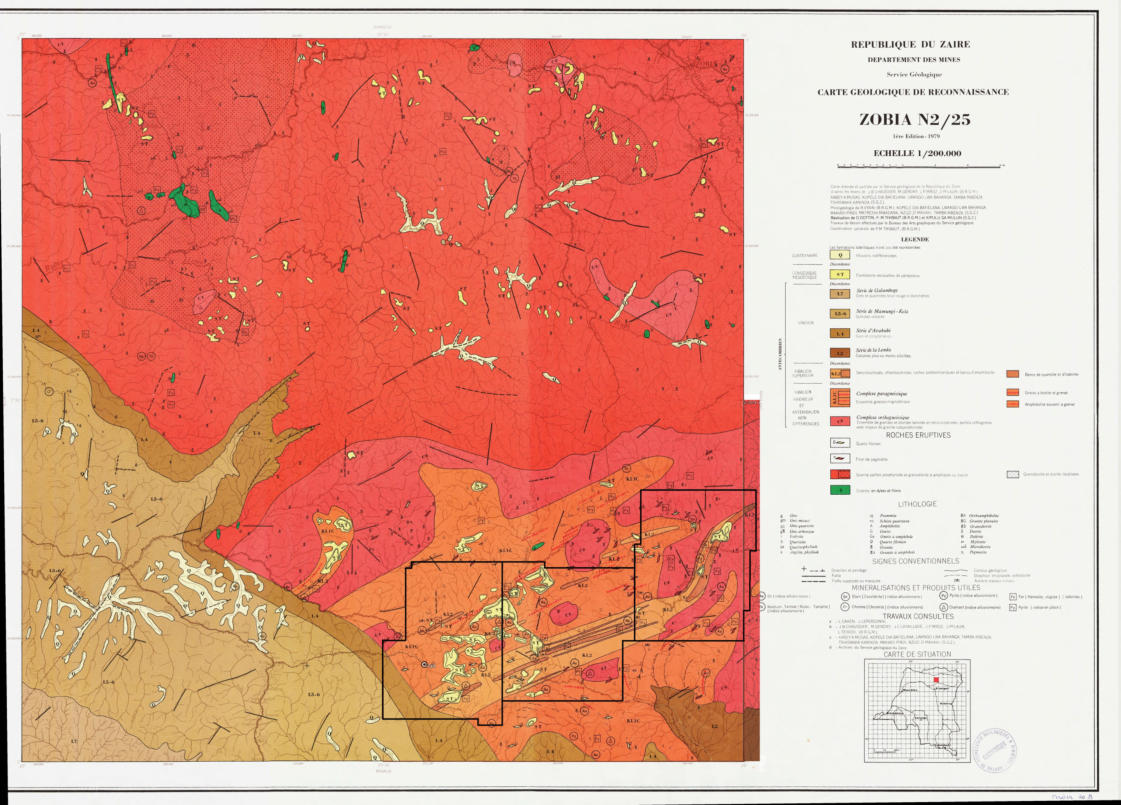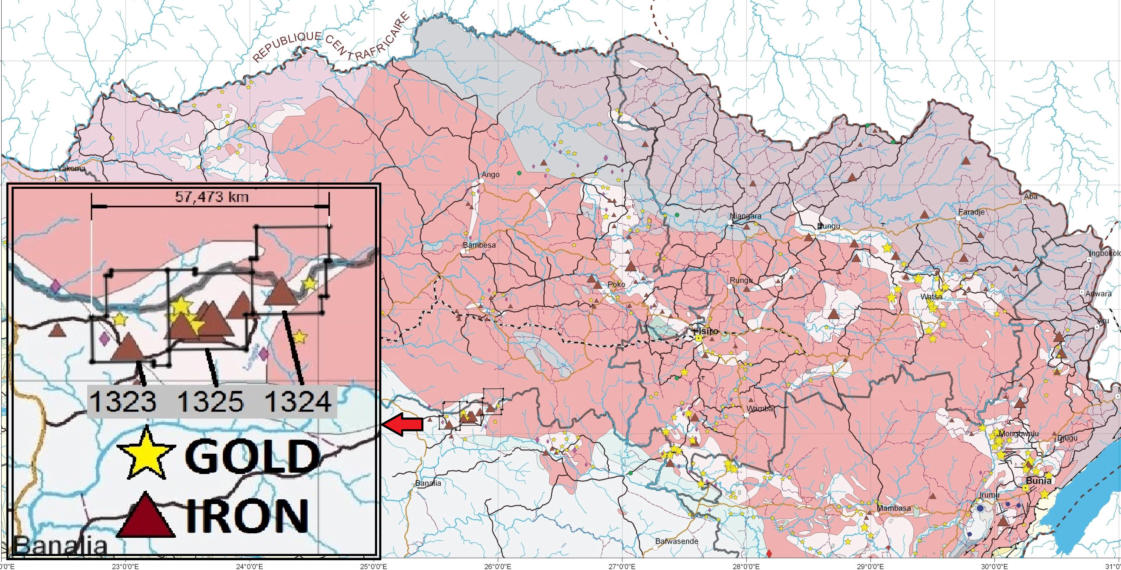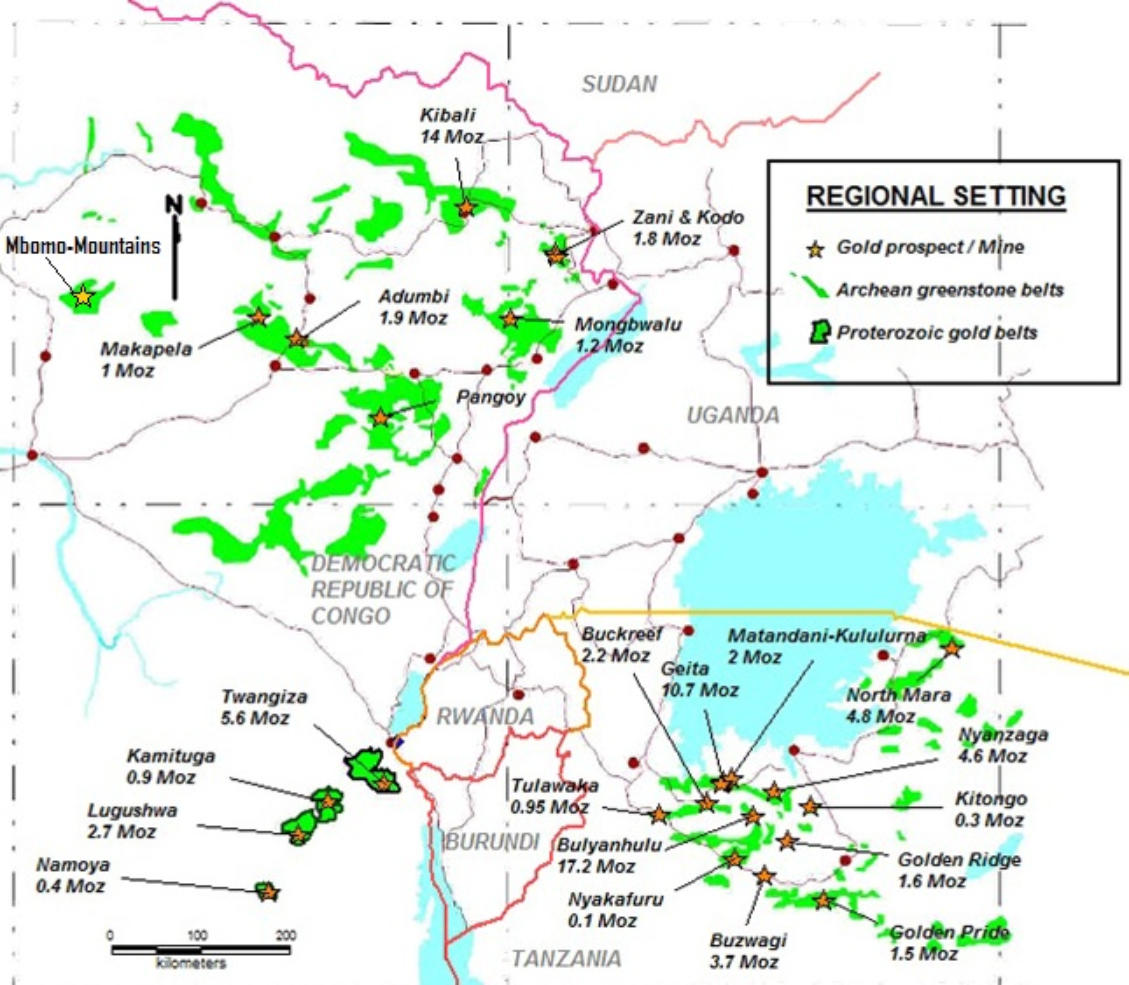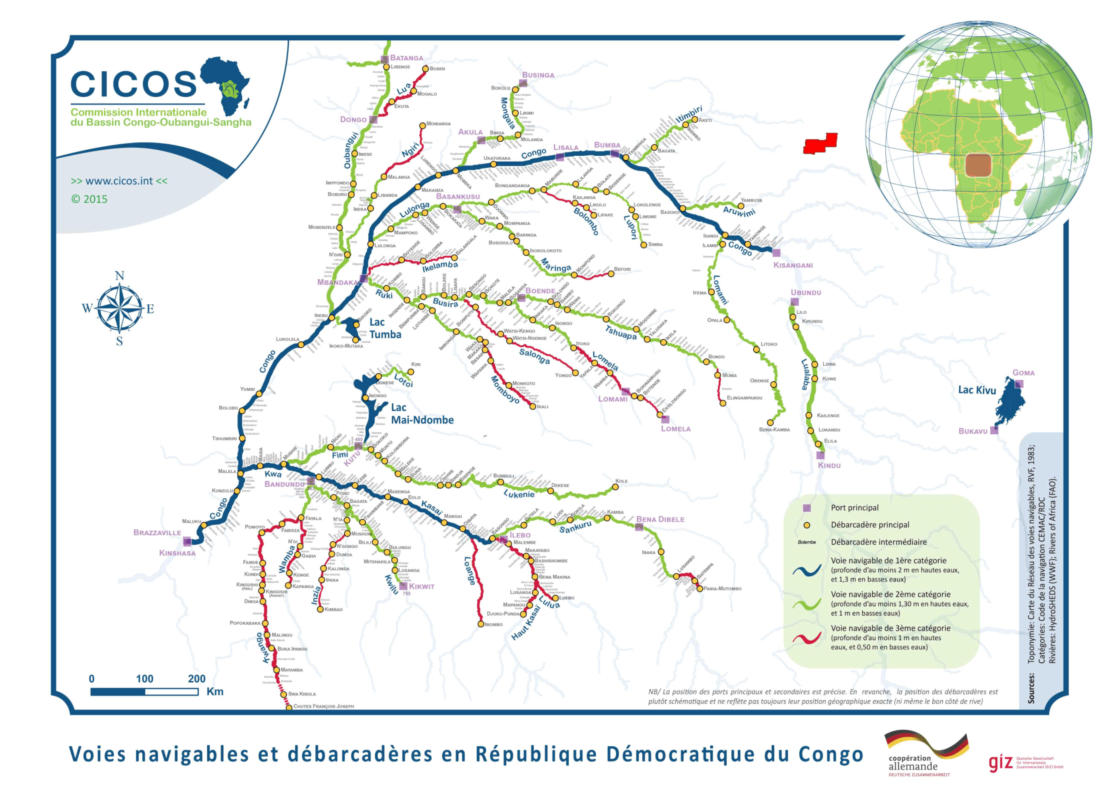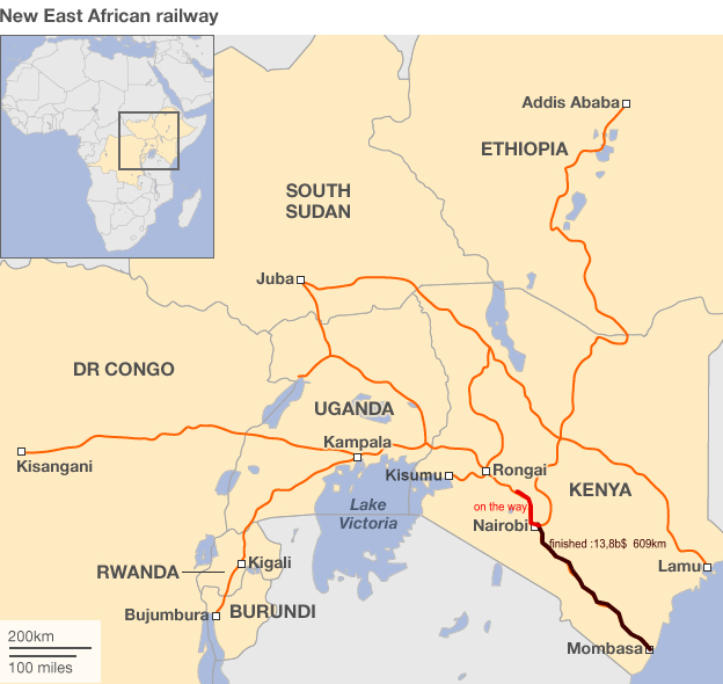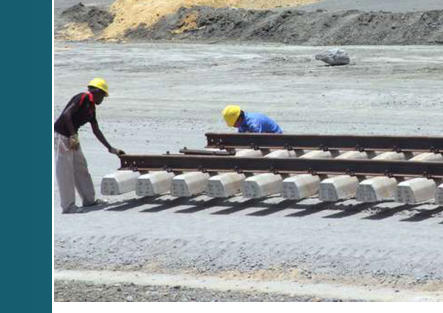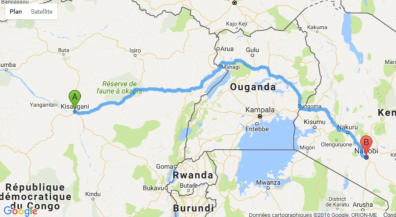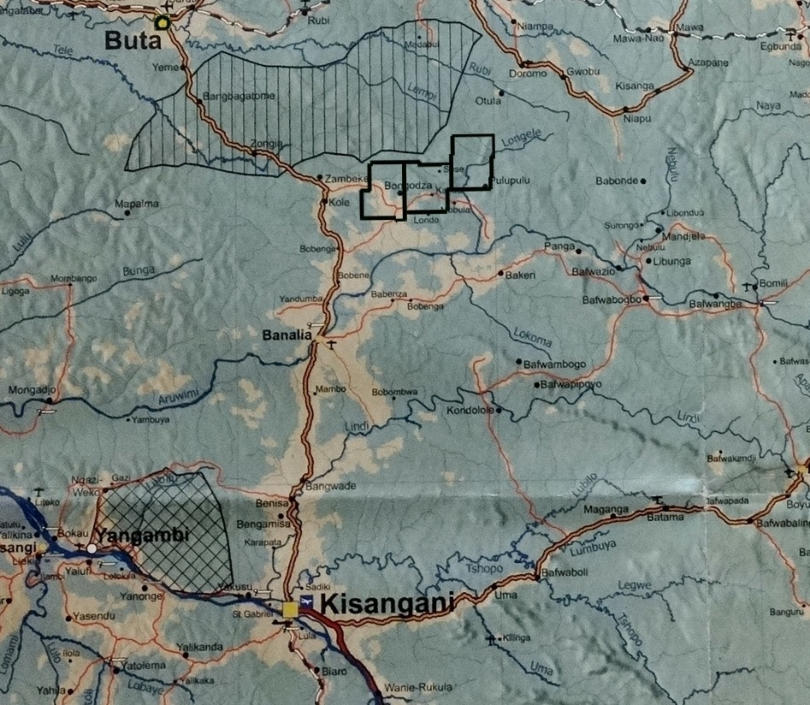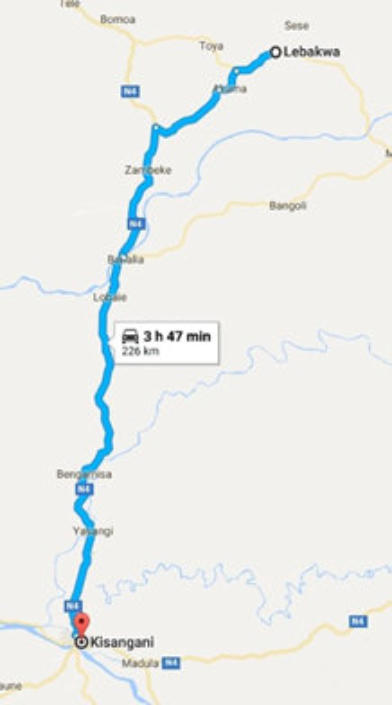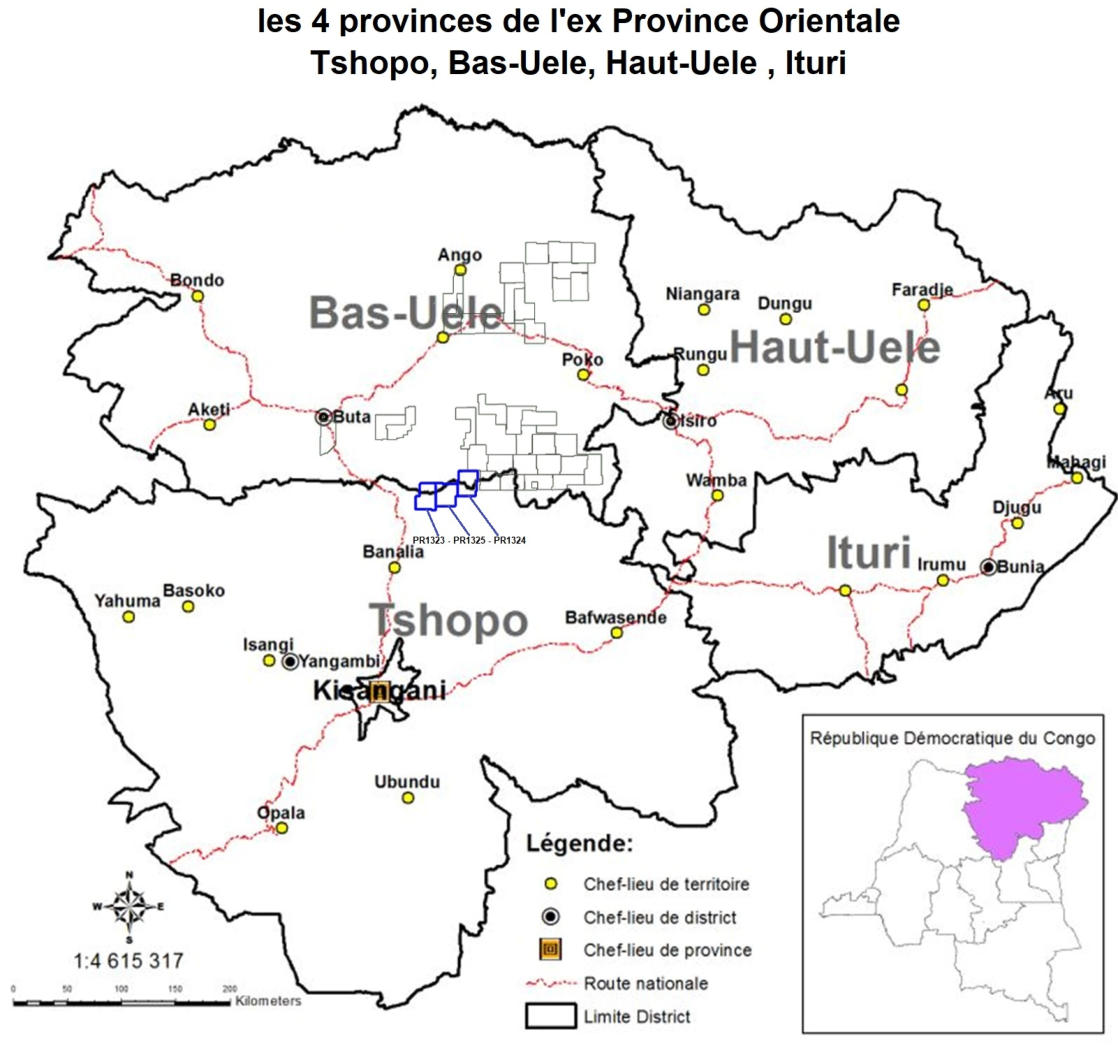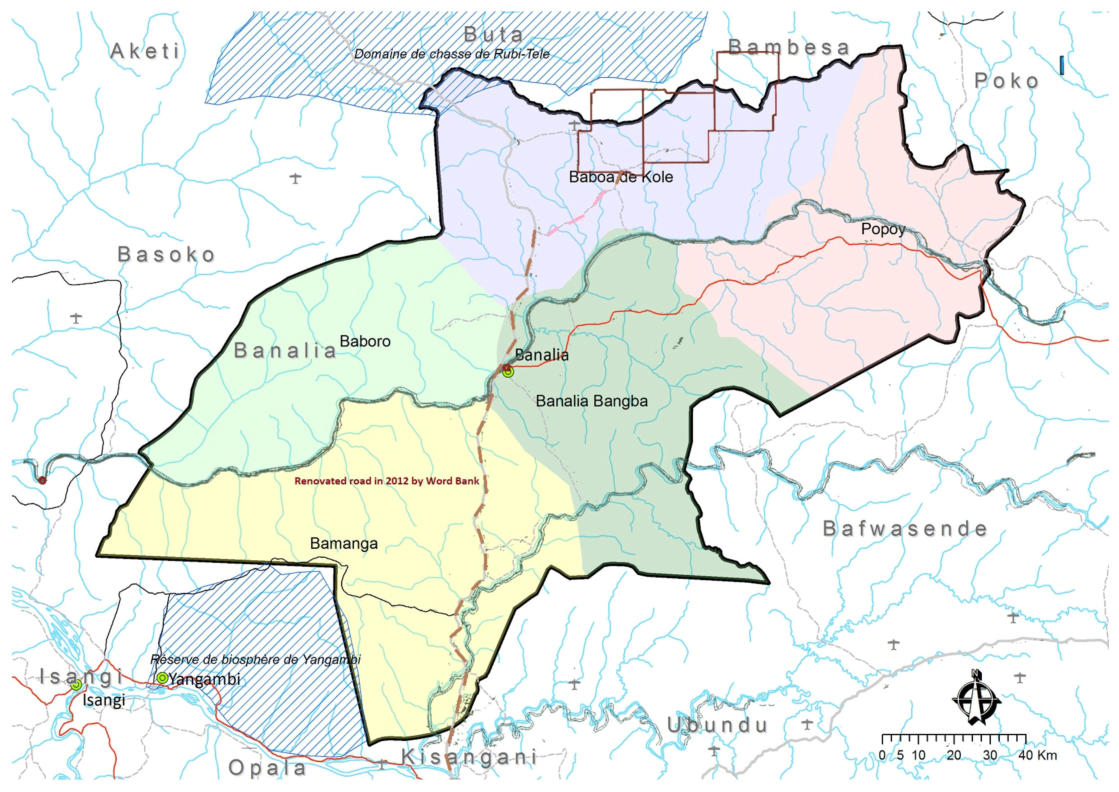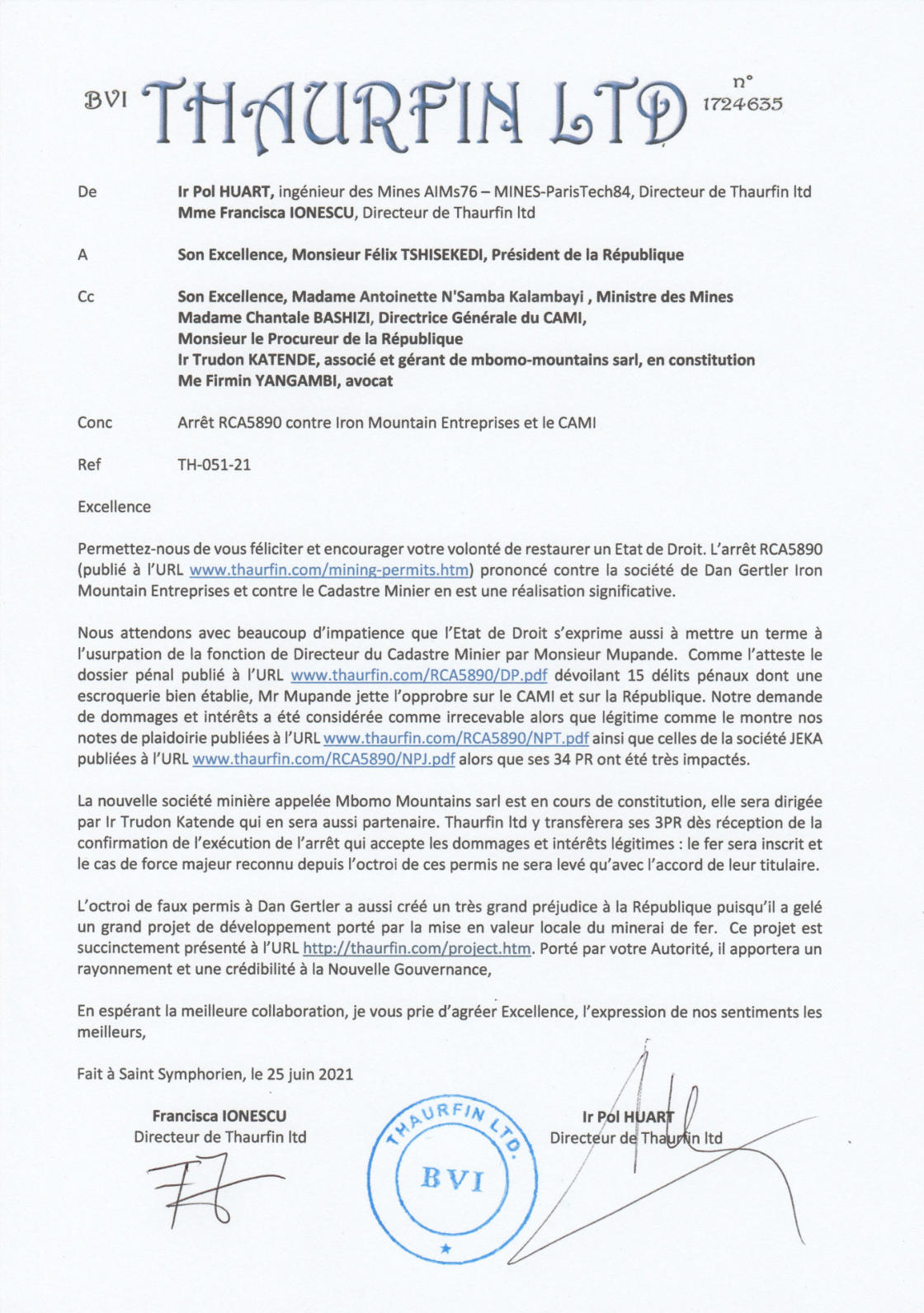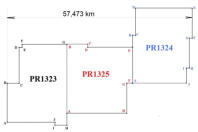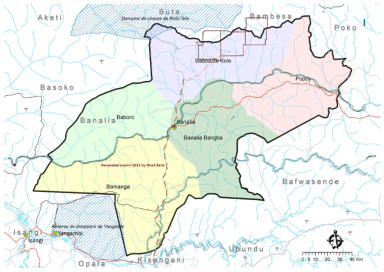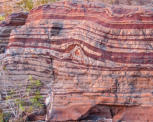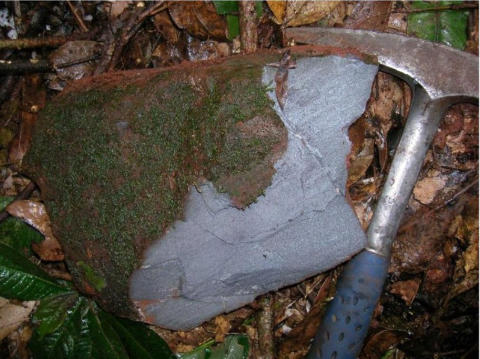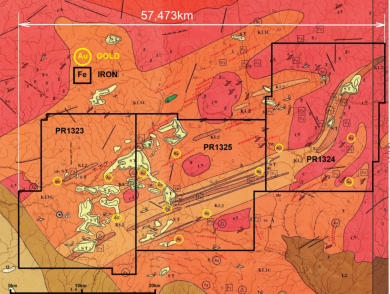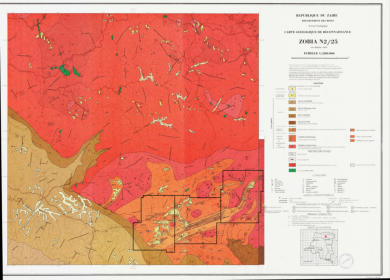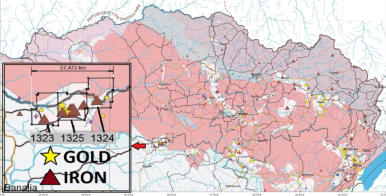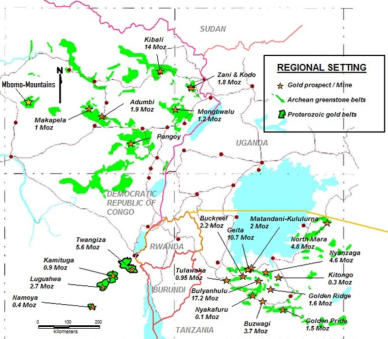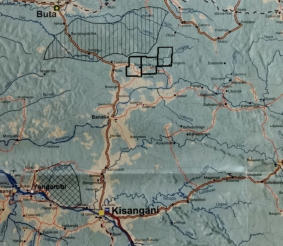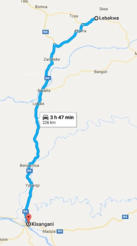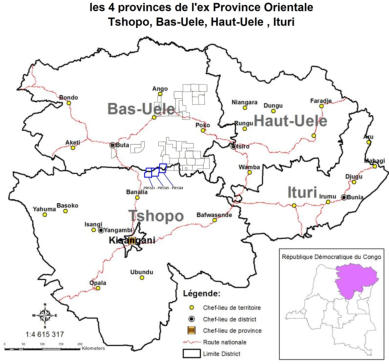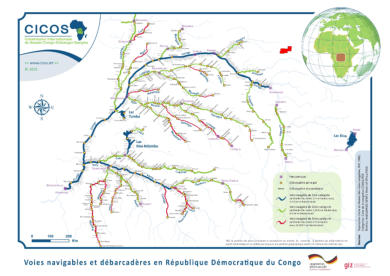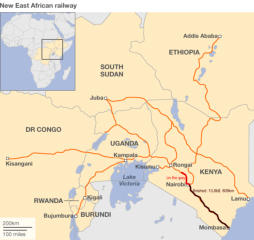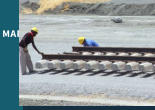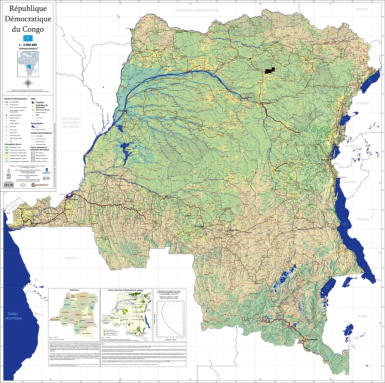The 3PR 1323, 1324 & 1325 of which the Congolese company Mbomo Mountains sarl is the holder have never
ceased to be valid and are in the event of force majeure for never having received the search certificates in
violation of art 109 of the mining regulations.
Award documents are published at these URLs
PR1323: http://mbomo-mining.com/doc-1323.pdf
PR1324: http://mbomo-mining.com/doc-1324.pdf
PR1325: http://mbomo-mining.com/doc-1325.pdf
with
• The application form
• Favorable cadastral opinions
• The Ministerial Order
• The debit note relating to the surface tax
• The receipt of the payment of the tax
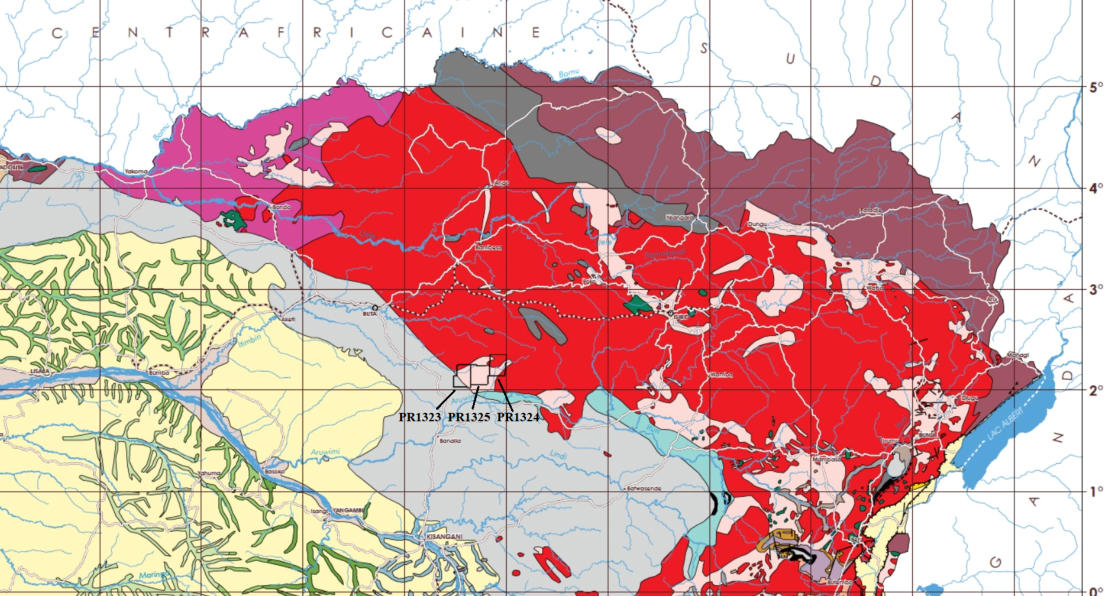
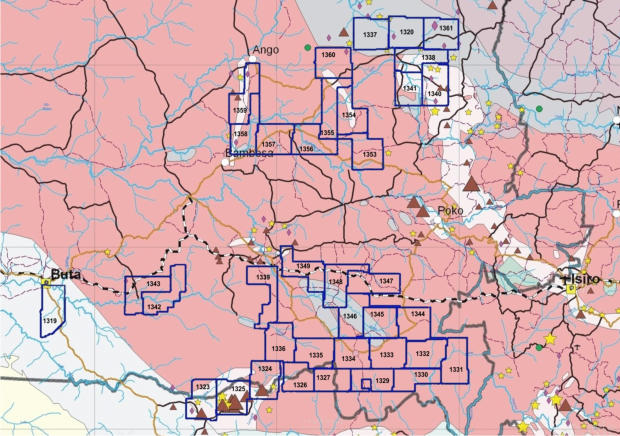
The judgment RCE1270 (cf http://www.thaurfin.com/irrefutable/AN82.pdf) granted the
3 mining permits 1323, 1324 and 1325 among the 37 permits granted to Rubi River sprl
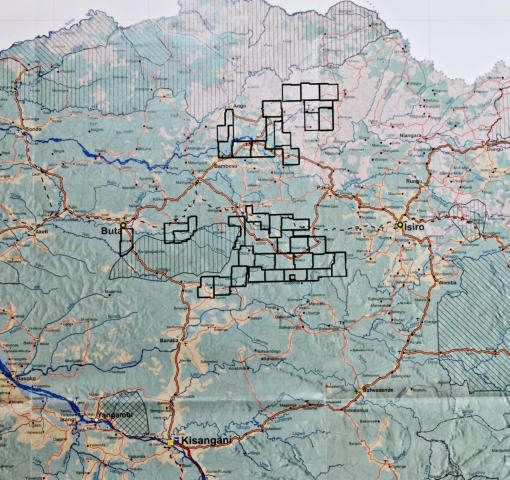
The mining permits PR1323, PR1324 & PR1325 have been officially transferred from the company Thaurfin ltd
to the Congolese mining company Mbomo Mountains sarl
The deed of transfer and the minutes setting out its conditions are published in frenchat this page
«TRANSFERT»
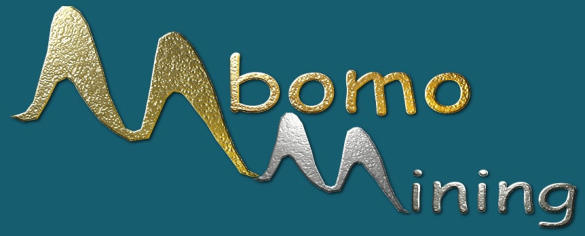
Award documents are published at these URLs
PR1323: http://mbomo-mining.com/doc-1323.pdf
PR1324: http://mbomo-mining.com/doc-1324.pdf
PR1325: http://mbomo-mining.com/doc-1325.pdf
The 3PR 1323, 1324 & 1325 of which the Congolese company Mbomo
Mountains sarl is the holder have never ceased to be valid and are in the
event of force majeure for never having received the search certificates in
violation of art 109 of the mining regulations.
with
• The application form
• Favorable cadastral opinions
• The Ministerial Order
• The debit note relating to the surface tax
• The receipt of the payment of the tax
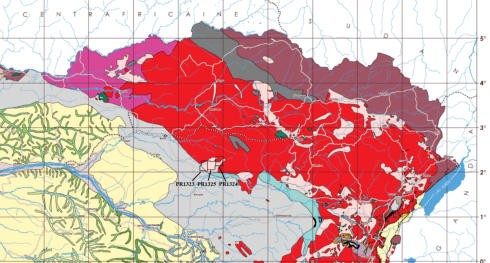
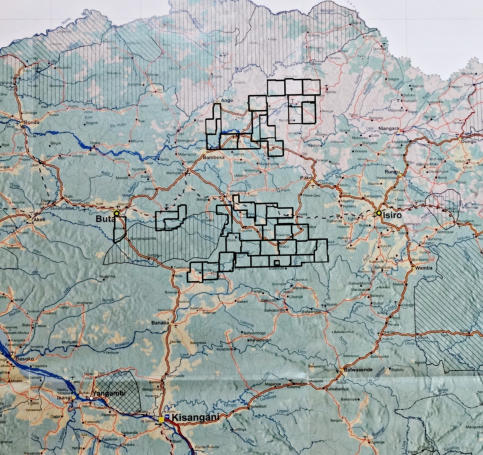
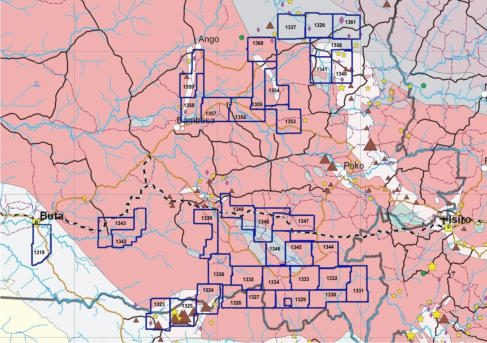
The judgment RCE1270 (cf http://www.thaurfin.com/irrefutable/AN82.pdf) granted the 3
mining permits 1323, 1324 and 1325 among the 37 permits granted to Rubi River sprl
The mining permits PR1323, PR1324 & PR1325 have been officially
transferred from the company Thaurfin ltd to the Congolese mining
company Mbomo Mountains sarl
The deed of transfer and the minutes setting out its conditions are
published in french at this page «TRANSFERT»

